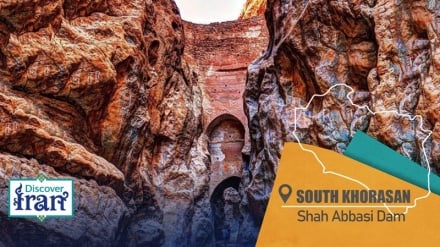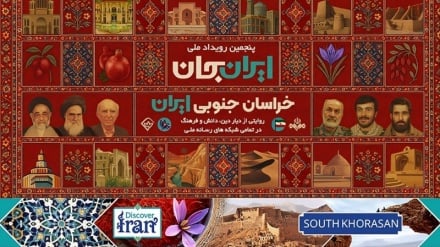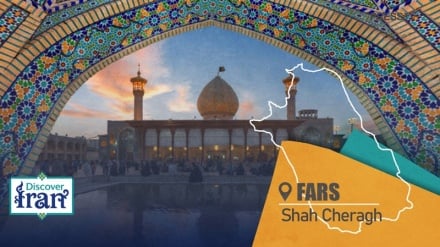Qaenat in South Khorasan: Birthplace of world’s finest saffron
-
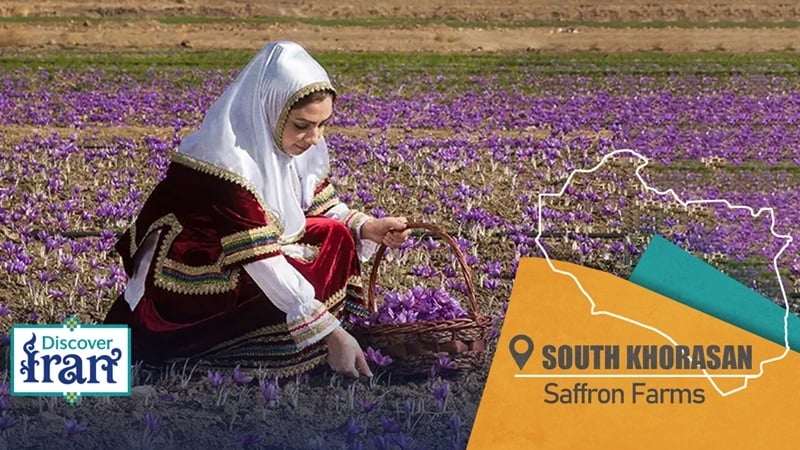
Qaenat in South Khorasan: Birthplace of world’s finest saffron
Pars Today — For centuries, the saffron of Qaenat in Iran’s South Khorasan Province has been known as one of the finest and most aromatic saffrons in the world.
Qaenat, which stretches from the vast deserts south of Neyshabur to Sistan on the border with Pakistan, has long been the heartland of cultivating authentic Iranian saffron. According to Pars Today, citing Press TV, experts say that saffron bulbs perform best in cold and semi-arid regions with suitable rainfall — and it is precisely this unique climate that has given Qaenat saffron its exceptional purity and strength.
Cold winters, limited rainfall, and fertile, well-drained soil create ideal conditions for saffron flowers to grow in this region.
The global reputation of Qaenat saffron is due to its high concentration of key chemical compounds: crocins for color, safranal for aroma, and picrocrocin for flavor. These compounds are found in higher levels in Qaenat than in almost any other place in the world, making Qaenat saffron the gold standard for the world’s most expensive spice.
In 2018, the Qaenat saffron brand was officially recognized and received the national quality mark — an honor that cemented its status as a symbol of Iranian excellence on the global stage.
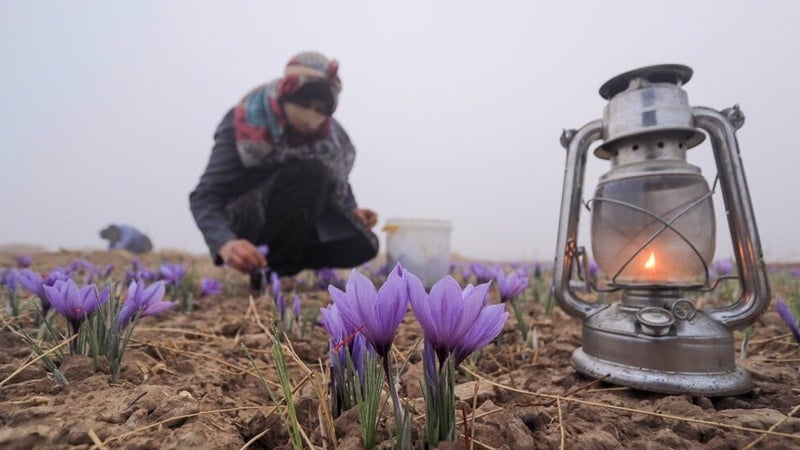
According to Mohsen Esfandiari, head of the South Khorasan Agricultural Jihad Organization, the area under saffron cultivation in the province has now reached 16,121 hectares.
The largest saffron-producing counties in the province are Qaenat with 5,000 hectares, Sarayan with 3,457 hectares, and Ferdows with 3,177 hectares.
Average yield in well-managed farms is about 2.4 kilograms of dried saffron per hectare, and more than 23,500 farming households in South Khorasan make their livelihood through saffron cultivation.
This province ranks first in the country for saffron quality and, in terms of production volume, comes second after the neighboring province of Razavi Khorasan.
Saffron harvesting begins in late October and continues until early December, when thousands of seasonal workers handpick the purple saffron flowers in the cool mornings before the desert heat rises.
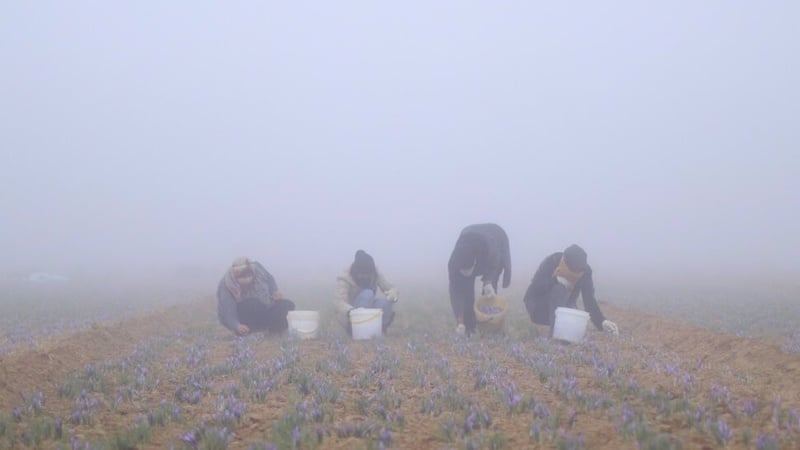
Iran’s export strength in the global saffron market
With over 90 percent of the world’s saffron production, Iran, according to the Food and Agriculture Organization (FAO) of the United Nations, is not only the main supplier of this precious spice but has also made saffron a key component of the country’s non-oil exports and a part of its cultural heritage.
In the first half of the current Iranian year (from March 21, 2025), more than 99.5 tons of saffron worth over $94 million have been exported from Iran — a figure that represents a 73% increase in volume and a $45 million rise in value compared to the same period last year.
Most of these exports were in small retail packages of 10 to 30 grams, which has increased the value of the Iranian saffron brand in global markets and moved it away from low-margin bulk sales.
According to customs statistics, the United Arab Emirates was the largest buyer of Iranian saffron in this period, importing 29.6 tons worth $29.1 million, followed by Spain with 19.6 tons ($18.9 million), China with 12.6 tons ($12.5 million), Afghanistan with 10.5 tons ($10.3 million), and Germany with 3 tons ($1.6 million).
Other importers included the United Kingdom, Netherlands, Belgium, Switzerland, Iraq, Turkey, Oman, the Philippines, Hong Kong, and Australia.
By comparison, Iran exported 57 tons of saffron worth $49.4 million during the same period last year, highlighting a significant increase in both export volume and value.
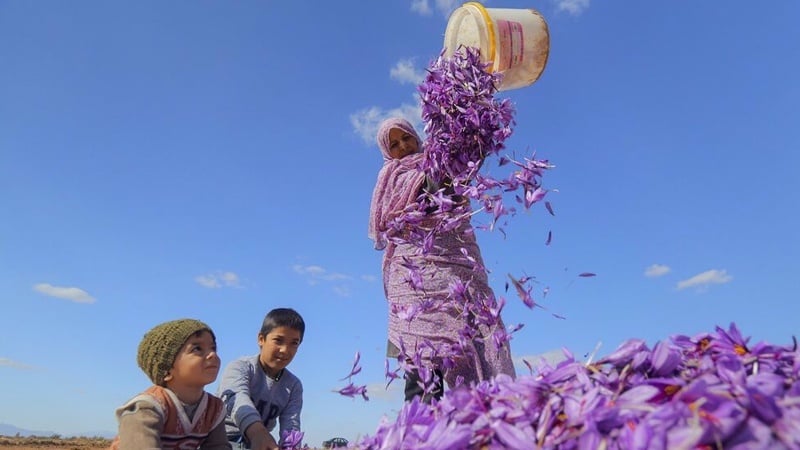
A symbol of culture and resilience
For Iranians, saffron is more than just a spice; it is a symbol of endurance, artistry, and national identity.
From the hands of Qaenat farmers in the cold autumn dawns to the elegant packaging on shelves in Madrid, Dubai, or Shanghai, every gram of saffron tells the story of Iranian heritage and craftsmanship.
Beyond its economic value, saffron cultivation supports the livelihoods of thousands of rural families, prevents migration from villages, and preserves a centuries-old tradition closely tied to Iran’s identity.
Today, Qaenat saffron is both a source of pride and an engine of economic growth. Its red, aromatic threads continue to connect the deserts of Iran to tables and laboratories around the world.
In every sense, Qaenat remains the beating heart of the world’s saffron industry — a land where sunlight, soil, and human effort create pure gold.
